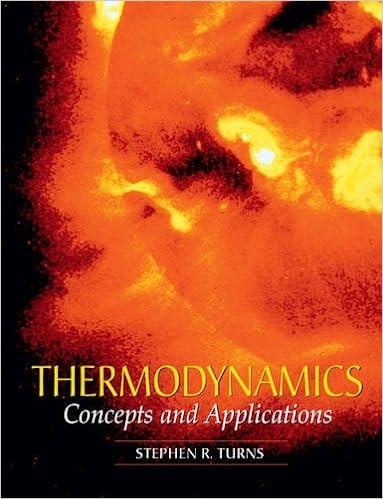Answered step by step
Verified Expert Solution
Question
1 Approved Answer
Adsorption measurements at 298K for N2,CO2, and CH4 on three different microporous adsorbents prepared in KH 142, are given in the excel file uploaded on

Step by Step Solution
There are 3 Steps involved in it
Step: 1

Get Instant Access to Expert-Tailored Solutions
See step-by-step solutions with expert insights and AI powered tools for academic success
Step: 2

Step: 3

Ace Your Homework with AI
Get the answers you need in no time with our AI-driven, step-by-step assistance
Get Started


